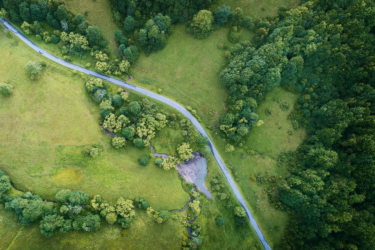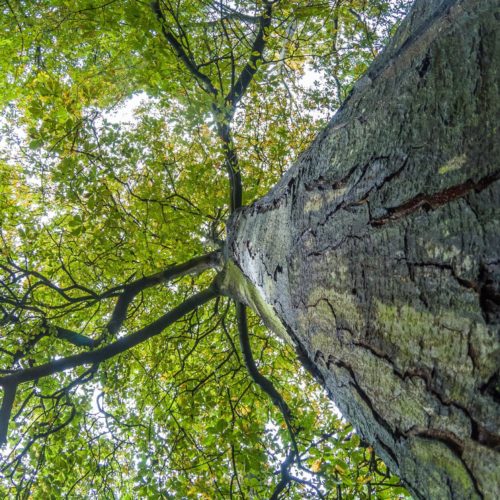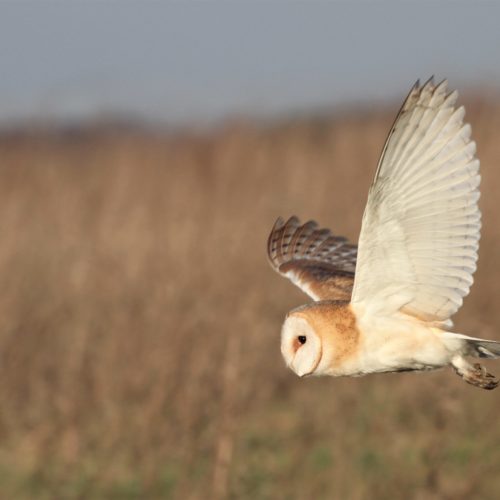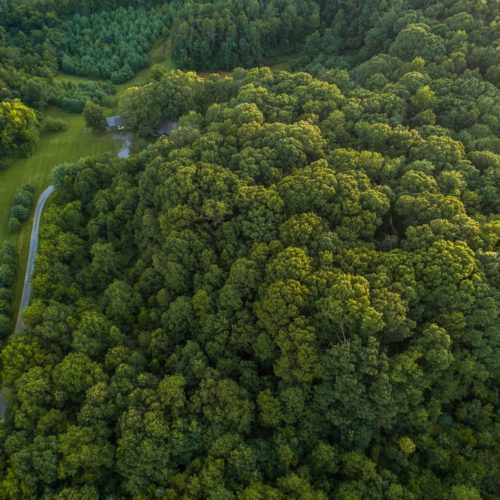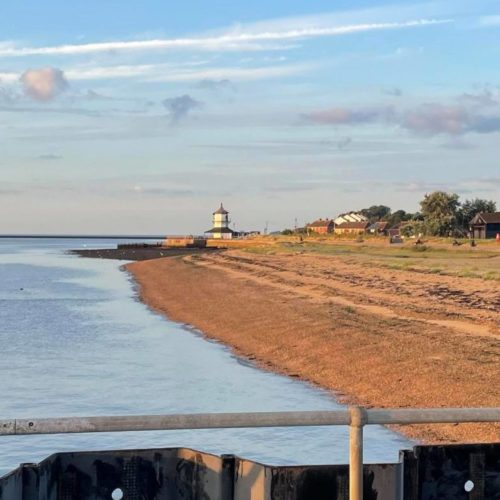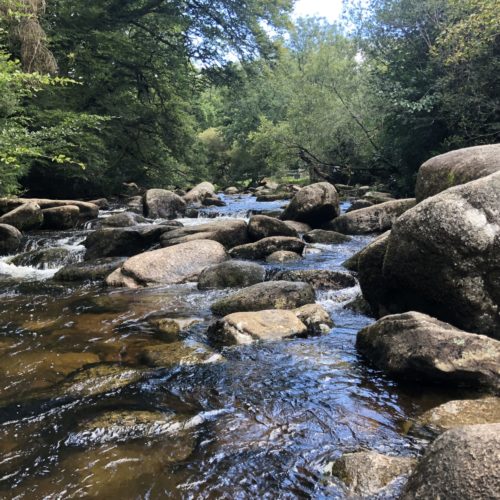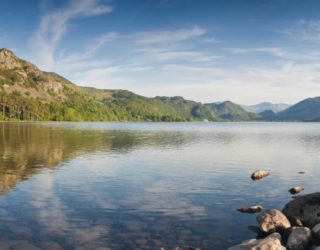Our expertise and experience
At Thomson, we have an award-winning Geospatial team that provides accurate and rapid Biodiversity Net Gain calculations from the baseline survey and post-development plans. We use data collected during the habitat survey for the Preliminary Ecological Assessment (PEA), which saves time and minimises costs.
We help you:
- Understand your site’s baseline biodiversity value
- Design achievable habitat creation and enhancement options
- Prepare all required reports and assessments
- Generate and find biodiversity units
- Meet national and local planning expectations with confidence.
Our specialist Ecological Contracting team can assist with the detail and design of on-site or off-site habitats and the maintenance and enhancement works. These works may include:
- Construction and planting of ponds, which are especially beneficial for amphibians such as newts, frogs, and toads..
- Tree and hedge planting to create nesting sites and food sources.
- Seeding, including the creation of wildflower meadows, which are beneficial for insects and act as a source of nectar.
- Various types of habitat enhancements to woodlands, hedgerows, ponds, wildflower meadows, and heathlands.
What’s included in a biodiversity net gain service?
Our Biodiversity Net Gain services cover everything you need for planning approval:
Developers – Biodiversity net gain assessments
We assess how your project affects biodiversity by comparing baseline ecological data with post-development plans. Our team:
- Carries out a detailed habitat survey.
- Converts pre- and post-development data into biodiversity units using approved metrics.
- Calculates the % gain or loss in biodiversity.
- Provides a clear, actionable report to support your planning application.
- Prepares Habitat Management and Monitoring Plans (HMMP) and Biodiversity Gain Plans when required.
Find out more about BREEAM assessments here.
Land Managers – Biodiversity gain site feasibility assessments
We assess the feasibility of managing land to generate biodiversity units by assessing baseline data and proposing different management options. Our team:
- Carries out a detailed habitat survey, soil analysis, and desk-top study for heritage and other constraints and opportunities.
- Proposes different cost options to improve the biodiversity value of the site and generate biodiversity units.
- Provides clear, concise reports to support your decision-making.
- Develops Habitat Management and Monitoring Plans (HMMP).
- Supports you through the process of registering and selling your biodiversity units.
Metric selection & calculations
We use the latest DEFRA Statutory Biodiversity Metric or, where appropriate, the Small Sites Metric, as required by national policy and local planning authorities.
Contact us today, and we’ll advise you on the best approach based on your project’s location, size, and planning context.
Practical on-site habitat solutions
Our Ecological Contracting team works closely with you to design and deliver new and enhanced habitats that contribute to your biodiversity targets. This might include:
- Wildflower meadows.
- Native tree and hedgerow planting.
- Pond creation and management.
- Woodland, heathland, and wetland enhancement.
All works are aligned with your Biodiversity Net Gain assessment and unit requirements.
Geospatial support for BNG planning
Our award-winning Geospatial team provides accurate mapping and rapid biodiversity calculations to support every stage of your project. We securely manage your data from day one, giving you real-time updates and full confidence in your metrics and habitat plans.
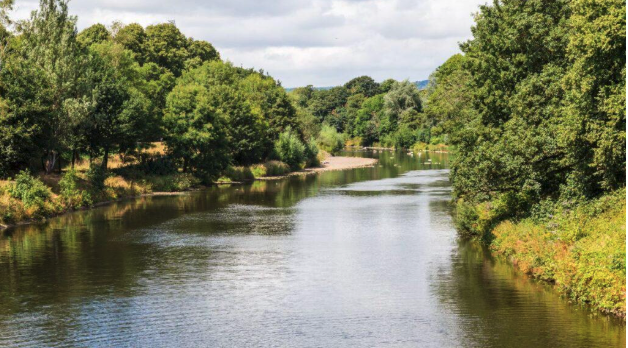
Why choose Thomson as your Biodiversity Net Gain consultants?
Thomson offers the technical expertise and practical insight you need to meet Biodiversity Net Gain requirements with confidence. Our ecologists are experienced in applying all major biodiversity metrics, including the latest Natural England Biodiversity Metric and local authority-specific tools.
With in-house surveyors, habitat specialists, and a nationally recognised Geospatial team, we provide accurate assessments and clear reporting. Our nationwide coverage and capacity mean we can respond quickly, whether you’re working to a tight planning deadline or need support on a complex site.
We’ve supported developers and local planning authorities across hundreds of projects, from residential developments to large-scale infrastructure. Why not explore our recent projects below to find out more?
“Thomson supports our clients through the entire BNG process, from initial feasibility studies through complex design and provision of habitat management and monitoring plans. We look for pragmatic solutions to help our clients comply with legislation whilst maximising opportunities for nature restoration.”
– Callum Salter, BNG Technical Lead.
Read about our latest projects
– In Manchester, Thomson has supported a university through the redevelopment of the student accommodation village. Working with landscape architects, Thomson produced a plan for a forward-thinking, biodiversity-positive campus. The assessment was supported by completion of a 30-year creation, enhancement, and management plan.
– In Leeds, Thomson completed biodiversity net gain baseline and post-development calculations for a school expansion, achieving over 10% net gain.
– In Birmingham, Thomson completed BNG calculations for river re-meandering works. This included watercourse enhancement and offsetting to achieve a 10% net gain.
– In Manchester, Thomson completed biodiversity net gain baseline and post-development calculations for a brownfield development of 60 apartments. Sufficient BNG could not be achieved on-site, so we identified off-site units that the client had purchased and enabled them to commence development.
– In London, Thomson completed BNG calculations for remedial works to flood defences, located within the intertidal zone of the Thames Lower estuary. Over 10% BNG was achieved, including innovative use of tidal vertipools.
Visit our projects page to find out more about our recent work.
Biodiversity Net Gain knowledge hub
Explore our knowledge hub for a wealth of resources and insights from our experts, from regulations and advice to the latest news and developments in the industry.
Frequently asked questions on Biodiversity Net Gain consultants
Developers – How can a Biodiversity Net Gain consultant help you?
A Biodiversity Net Gain (BNG) consultant helps you understand the impact of your development on nature and how to achieve the 10% biodiversity net gain target, which is now a legal requirement. They carry out ecological surveys and calculate the change in biodiversity value pre- and post-development using approved metrics to assess post-development habitat value. From this, your biodiversity net gain consultant will prepare the necessary reports to inform your planning application and discharge planning conditions, including Habitat Management and Monitoring Plans and Biodiversity Gain Plans.
A consultant will also advise on how best to deliver the required 10% uplift, whether that’s through on-site or off-site habitat creation and enhancement, purchasing off-site units, or, as a last resort, biodiversity credits. They help you navigate local planning authority expectations and ensure your proposals are compliant. Contact us to find out more, or explore our recent case studies here.
Land Managers – How can a Biodiversity Net Gain consultant help you?
A Biodiversity Net Gain consultant helps you assess the potential of your land to generate biodiversity units for sale. They carry out ecological surveys, soil analysis, and desk studies to understand the constraints and opportunities of managing your land as a Biodiversity Gain Site. They use this information to appraise options and feasibility to generate biodiversity units, taking account of market demand, local habitat strategies, practicality of delivery, and your own wants and needs.
Once an approach has been agreed upon, our consultants prepare a Habitat Management and Monitoring Plan and guide you through the process of securing a legal agreement, registering your units, and implementing the plan so you can sell your units with confidence.
Can you help with Biodiversity Net Gain units?
If your development cannot meet the full 10% Biodiversity Net Gain on-site, Thomson can help you identify suitable off-site options or guide you through the process of securing statutory biodiversity credits. We’ll ensure that any credits or compensation measures are accurately reflected in your report and aligned with planning policy.
Do you need a Biodiversity Net Gain report?
If your development requires planning permission, you will almost certainly need a Biodiversity Net Gain (BNG) report.
A BNG report provides the evidence local planning authorities need to assess your proposal. The report includes pre-development baseline and post-development habitat survey data and biodiversity unit calculations, and outlines options for how your development can achieve the required uplift.
Can you support post-planning consent Biodiversity Net Gain delivery?
Thomson provides continued support beyond planning approval to help you implement, enhance, and maintain the habitats required for Biodiversity Net Gain, and discharge your planning condition.
Our consultants prepare Habitat Management and Monitoring Plans, which set out how habitat creation and enhancement on-site or off-site will be implemented, managed, and monitored over time. They also prepare Biodiversity Gain Plans to confirm how Biodiversity Net Gain will be achieved and what is needed to discharge the pre-commencement biodiversity gain condition.
Our specialist Ecological Contracting team can carry out on-site works, such as pond creation, wildflower meadow seeding, tree planting, and other enhancements.
Contact us today to discuss your Biodiversity Net Gain requirements


